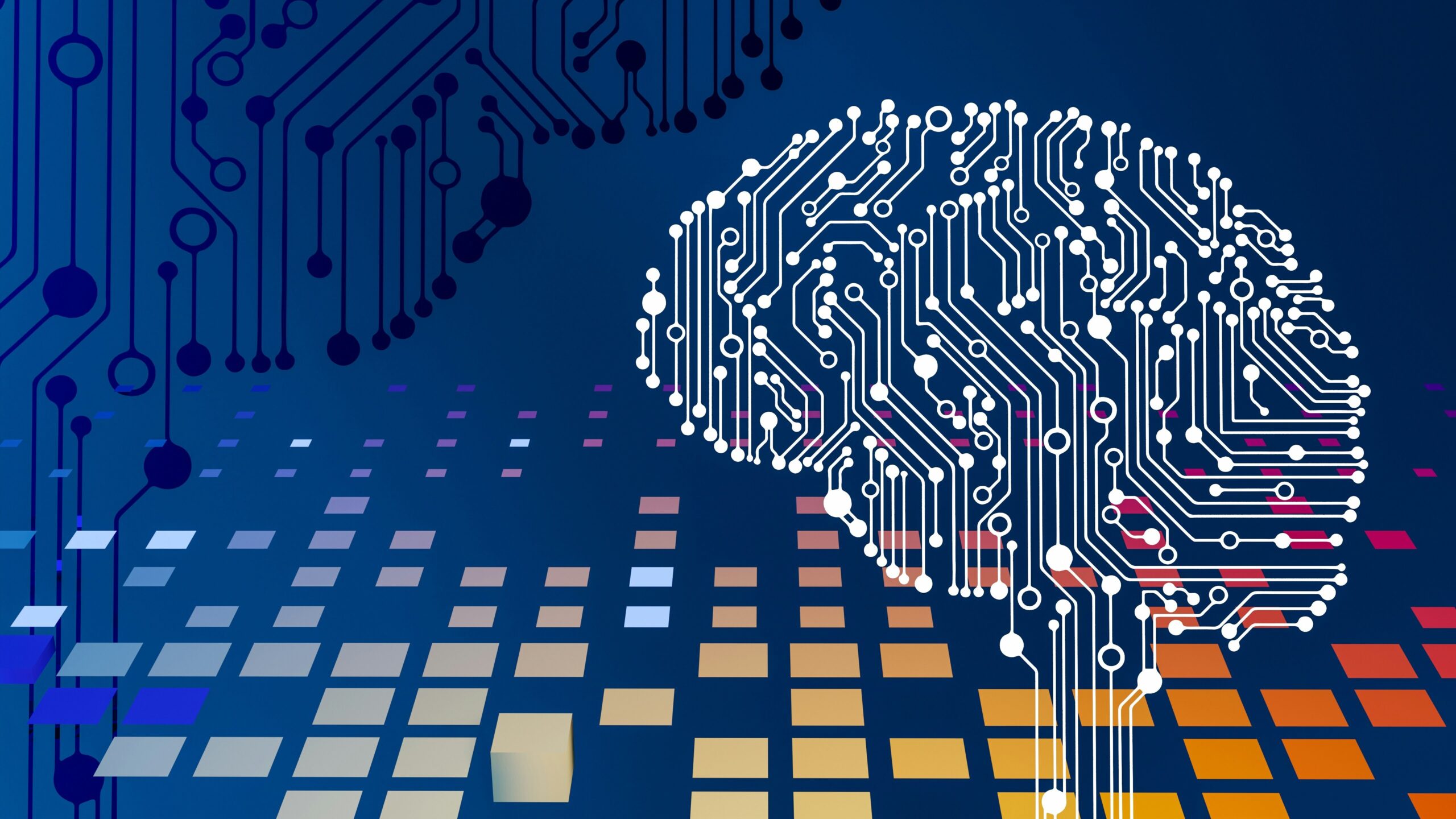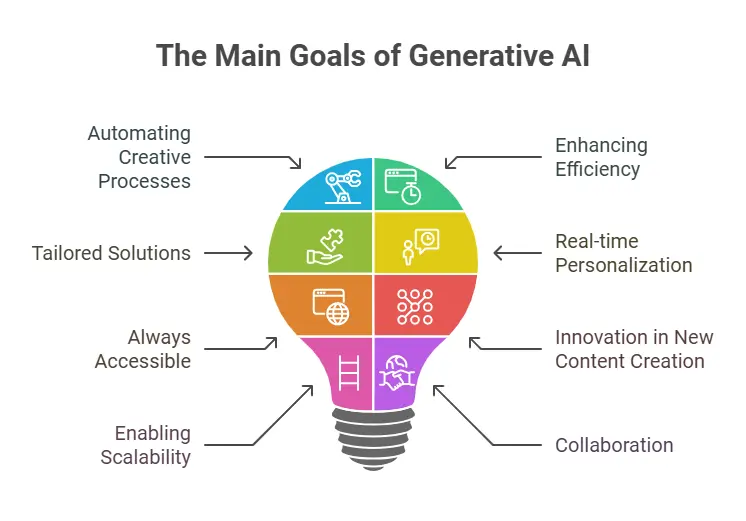In today’s rapidly evolving technological landscape, artificial intelligence (AI) is playing a key role in transforming various industries, and education is no exception. From personalized learning experiences to automating administrative tasks, AI is revolutionizing the way we approach education. This blog explores the multiple benefits AI brings to the world of education, making learning more efficient, accessible, and engaging for both students and educators.
Personalized Learning Experiences
One of the greatest advantages of AI in education is its ability to deliver personalized learning experiences. Every student is unique, with their strengths, weaknesses, learning styles, and paces. AI-powered tools can analyze vast amounts of data, such as student behavior, test scores, and interaction patterns, to tailor lessons and activities to each individual’s needs.
For example, AI-based tutoring systems can provide extra help to students who are struggling with specific concepts while offering advanced material to students who excel in certain areas. This level of customization ensures that every student receives the appropriate resources to enhance their learning journey. Personalized learning not only boosts engagement but also increases retention and academic performance.
Automated Administrative Tasks
Educators are often bogged down by administrative tasks like grading assignments, tracking student progress, and managing schedules. These tasks can take up a significant amount of time and prevent teachers from focusing on what they do best: teaching. AI offers a solution by automating many of these administrative responsibilities, allowing teachers to dedicate more time to instruction and student interaction.
For example, AI systems can grade multiple-choice questions, essays, and even short-answer responses, providing instant feedback to students. Additionally, AI can streamline the management of schedules, attendance records, and other routine administrative tasks, creating a more efficient workflow for teachers.
Real-Time Feedback and Assessment
AI enables real-time feedback and assessment, which is crucial for student development. In traditional education settings, feedback is often delayed due to the time-consuming nature of grading and evaluation. AI tools can analyze students’ work instantly and provide constructive feedback on their strengths and areas for improvement.
This immediate feedback helps students understand their mistakes, allowing them to correct errors and improve their performance quickly. For teachers, AI can offer insights into student progress, helping them identify at-risk students and intervene before problems escalate. This proactive approach ensures that students receive the support they need promptly.
Enhanced Accessibility for Diverse Learners
AI has the potential to make education more inclusive and accessible to diverse learners. Students with disabilities, for example, can benefit greatly from AI-powered tools that assist with reading, writing, and comprehension. AI-based speech recognition systems can convert spoken words into text, enabling students with hearing impairments to follow along in class. Similarly, text-to-speech technology can help students with visual impairments or learning disabilities such as dyslexia to access written material.
Moreover, AI can break down language barriers by offering real-time translation and transcription services. This ensures that non-native speakers can understand and engage with the course material, making education more accessible to a global audience.
Smart Content Creation
AI is also transforming the way content is created in education. Traditional textbooks and learning resources are being enhanced with AI-generated content, such as interactive simulations, videos, and quizzes. These AI-powered learning tools can adapt to the needs of the learners, providing rich multimedia content that is more engaging than traditional textbooks.
For example, AI can create interactive simulations for complex subjects like physics or chemistry, allowing students to experiment in a virtual environment. These simulations provide hands-on experiences that are otherwise difficult to replicate in a traditional classroom setting. Furthermore, AI can generate quizzes and tests based on the topics being studied, helping students assess their understanding and reinforcing the concepts learned.
Data-Driven Insights for Teachers
AI can provide valuable data-driven insights that help teachers make informed decisions about their teaching strategies. By analyzing student performance data, AI can identify trends and patterns, such as which concepts students are struggling with or which teaching methods are most effective.
With this information, educators can adapt their teaching methods to better meet the needs of their students. For instance, if AI identifies that a class is having trouble with a particular topic, teachers can spend more time on that concept or offer additional resources. This data-driven approach helps optimize teaching methods and improve overall student outcomes.
Cost-Effective Learning Solutions
AI can make education more affordable and efficient, especially for institutions that face budget constraints. AI-powered tools, such as virtual tutors and chatbots, can provide students with the support they need without requiring additional human resources. These tools can answer common questions, provide additional learning materials, and even conduct assessments, reducing the need for teaching assistants or additional staff.
Moreover, AI can help reduce the costs associated with textbooks and other learning materials. With AI-based content generation and digital learning resources, students have access to up-to-date materials that are often more affordable than traditional textbooks. This makes education more cost-effective for both students and institutions.
Scalability and Flexibility
AI has the potential to scale education to a global level. With AI-powered online learning platforms, students from anywhere in the world can access high-quality education at their convenience. These platforms can accommodate large numbers of students, offering flexibility in terms of when and where learning takes place.
Moreover, AI can help overcome challenges such as limited access to qualified teachers in remote or underserved areas. Virtual tutors powered by AI can provide support and guidance to students who may not have access to in-person education resources. This flexibility and scalability ensure that education is accessible to a wider audience, regardless of location.
Preparing Students for the Future Workforce
Incorporating AI into education not only enhances learning experiences but also helps prepare students for the future workforce. As AI continues to shape industries, students need to gain familiarity with AI technologies and develop the skills needed to thrive in a tech-driven world.
By integrating AI into the curriculum, students are exposed to cutting-edge tools and technologies that are becoming increasingly prevalent in the job market. This exposure prepares them for careers in fields such as data science, robotics, machine learning, and artificial intelligence, ensuring that they are equipped with the skills required for future employment.
Conclusion
The integration of AI in education offers a wealth of benefits, ranging from personalized learning experiences and automated administrative tasks to enhanced accessibility and data-driven insights. By embracing AI, educators can optimize teaching and learning processes, creating more effective and engaging educational environments. As AI continues to evolve, its potential to revolutionize education and prepare students for the future workforce is limitless. With the right implementation, AI has the power to make education more inclusive, efficient, and accessible than ever before.






